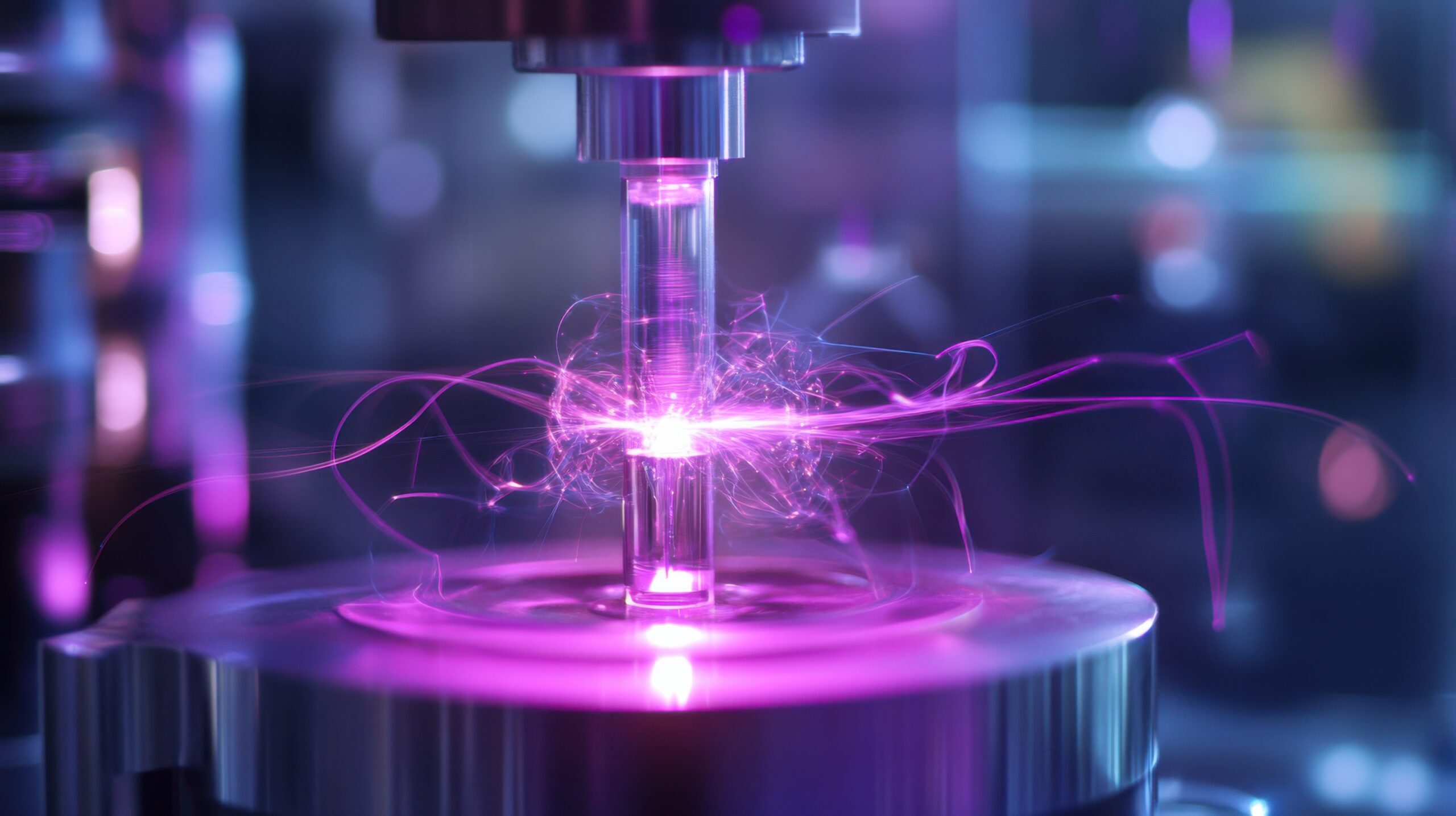Innovation does not happen in isolation. In the world of plasma research, progress is driven by a complex interplay of physics, engineering, chemistry, and computational science. The study of plasmas—a state of matter consisting of ionized gases—has applications ranging from spacecraft propulsion to nuclear fusion, chemical synthesis, medical treatments, and advanced communication technologies. Each of these fields demands expertise from multiple disciplines, requiring close collaboration between scientists and engineers with diverse backgrounds.
As someone who has spent decades working in plasma science and engineering, I have seen firsthand how interdisciplinary collaboration fuels breakthroughs. The boundaries between scientific disciplines are often artificial, and the most exciting advancements emerge when experts from different fields come together to solve complex problems.
Plasma Research: A Field Without Borders
Plasma science sits at the crossroads of multiple domains. Physicists explore the fundamental behaviors of ionized gases, seeking to understand plasma instabilities, wave-particle interactions, and energy transport. Electrical engineers develop devices that generate and manipulate plasmas for practical applications. Chemists and chemical engineers study the reactions that occur within plasma environments, which are essential for fields like plasma-assisted combustion or semiconductor processing. Meanwhile, computer scientists create sophisticated models and simulations to predict plasma behavior in conditions that are difficult or impossible to reproduce in a laboratory.
Consider hypersonic flight, where vehicles travel at speeds exceeding Mach 10-12. At these extreme velocities, the air around a spacecraft or missile becomes ionized, forming a plasma layer that interferes with radio signals, making communication and navigation difficult. Solving this problem requires expertise in aerodynamics, electromagnetics, electrical engineering, materials science, and computational modeling. No single researcher, no matter how skilled, can tackle all aspects alone. It is only through collaboration that practical solutions can be developed.
The Role of Computational Science in Plasma Research
In recent years, computational science has become an indispensable tool in plasma research. Duplicating the conditions of some plasmas, e.g. those in hypersonic flows, in the laboratory, is very difficult if not impossible, and flight tests are infrequent and expensive. Simulations allow researchers to explore plasma behavior in ways that would be impossible in a physical lab. Fortunately, the computational power keeps growing, and novel numerical techniques are being developed that enable increasingly accurate and reliable computer simulations.
Bridging the Gap Between Theory and Experiment
Of course, plasma research is not just about equations and simulations; it is also an experimental science. Theoretical and computational predictions must be tested in the lab, and unexpected experimental results often challenge established theories. This iterative process requires close cooperation between experimentalists and theorists.
In fact, one of the most rewarding aspects of plasma research is seeing how unexpected results lead to new discoveries. A seemingly minor anomaly in an experiment can reveal previously unknown physical processes, prompting new questions and avenues of exploration. This is why open communication between theorists, experimentalists, and engineers is so essential.
The Importance of Industry-Academic Partnerships
While much of basic plasma research takes place in universities and national laboratories, industry plays a crucial role in turning scientific discoveries into real-world technologies. Companies developing plasma-based technologies—whether for semiconductor manufacturing, aerospace applications, or medical devices—must collaborate with researchers to refine and scale up their innovations. Having an in-house basic research is also a very good idea for an industrial company.
Consider the use of plasmas in materials processing. Semiconductor fabrication relies on plasma etching to create the intricate structures found in microchips. This process involves carefully controlled plasma chemistry to remove material at the nanoscale. Industry leaders have strong in-house research and work closely with plasma physicists and chemists to develop new etching techniques that enable ever-smaller and more powerful electronic devices.
Similarly, in aerospace, companies developing hypersonic vehicles must work with plasma physicists and engineers to address challenges like aerodynamic heating and plasma-induced communication blackouts. These industry-academic partnerships ensure that scientific advancements transition from the lab to real-world applications.
